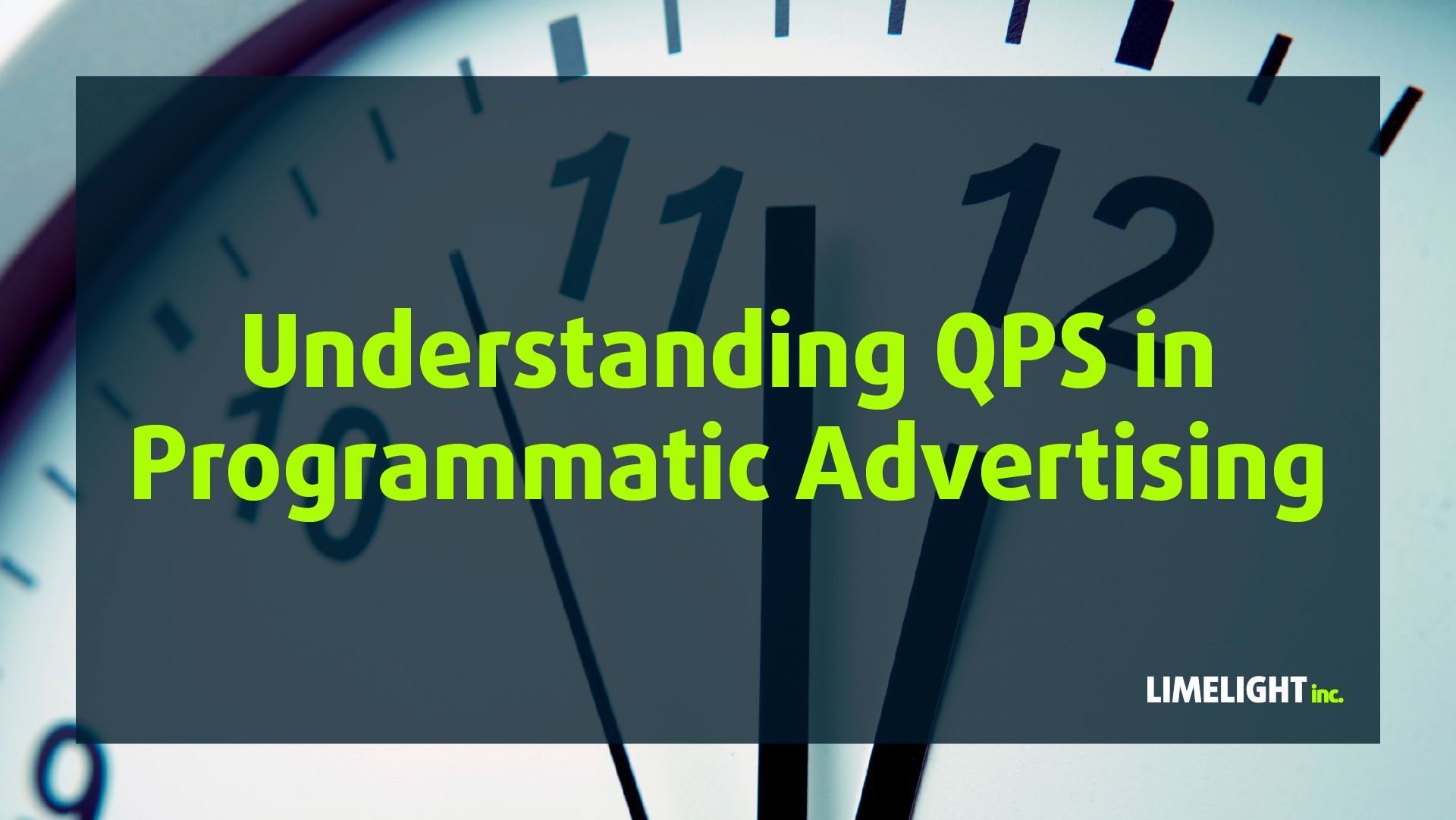The Enduring Role of Ad Networks in the Programmatic Landscape

The Enduring Role of Ad Networks in the Programmatic Landscape
An Ad Network is a platform that pulls together ad availability from multiple publishers and provides a single point of access for advertisers to purchase that inventory.
Ad Networks have been around since the early days of online advertising and continue to play a vital role in the modern programmatic ecosystem.
How Ad Networks Fit Into the Digital Landscape
Ad Networks operate as middlemen, connecting publishers that hold a surplus of ad inventory to advertisers seeking additional impressions beyond those they can secure directly from publishers. They offer a streamlined way for advertisers to extend their reach and for publishers to monetise their remnant inventory.
In the programmatic landscape, Ad Networks work alongside other channels like ad exchanges, supply-side platforms, direct publisher buys and other programmatic partners. They provide access to a diverse set of ad inventory that includes long-tail websites and niche audiences that may be harder to access through other channels.
Best Practices for Effective Ad Network Strategies
To maximise the value of Ad Networks, both advertisers and publishers should follow a handful of best practices:
- Inventory Quality Control: Ad Networks should implement robust measures to ensure inventory quality, including ad fraud protection, brand safety controls and viewability monitoring.
- Contextual Data:
With GDPR, CCPA, and other privacy laws in full effect, and Google phasing out third-party cookies in Chrome, traditional tracking and targeting methods are at risk. To replace cookies with another user id graph or fingerprinting solution is a short-term fix and we at Limelight Inc. we believe that such mechanisms will also come short. They seek to allow user tracking without consent. Ad networks should utilise contextual data that gives them a level of targeting and optimisation without tracking a user who has not given consent. Additional way, providers such as Limelight Inc. can enrich strategies for ad networks is by enabling its partners to utilise non-user information we can access in the bid request size, such as channel, time of day and others.
- Use Audience Data: Leveraging audience data from third-party providers or advertisers' first-party data can enhance targeting and improve campaign performance across Ad Networks.
- Transparency and Reporting: Ad Networks should provide granular reporting on campaign performance, including metrics like viewability, invalid traffic rates, and audience data. Transparency builds trust with partners.
- Optimisation and Testing: Continuously optimising campaigns based on performance data and testing different targeting strategies, ad formats and traffic sources can drive better results from Ad Networks.
The Importance of Human Expertise
While Ad Networks leverage technology for automation and scale, at Limelight we believe that human expertise remains invaluable for several reasons:
- Account Management: Our dedicated account managers can provide strategic guidance, optimise campaigns, and resolve issues for both advertisers and publishers.
- Publisher Relationships: Ad Networks with strong publisher relationships can secure premium inventory and negotiate favourable terms for their partners. Understanding Context, Context & Context!!
- Campaign Strategy: Experienced professionals can help advertisers develop effective strategies, allocate budgets across channels, and navigate the complexities of the programmatic landscape.
- Supply & Demand Relationships. Connecting publishers to untapped additional demand and introducing advertisers and agencies to brand safe publishers.
- Expanding Commercial Opportunities. Knowledge of additional working strategies that the ad network acquired due to their broader view of the market.
Generating Incremental Revenue with Ad Networks
For publishers, Ad Networks offer an opportunity to generate incremental revenue from unsold or remnant inventory. By integrating with multiple Ad Networks, publishers can:
- Increase monetisation: Accessing a broader pool of advertisers bidding on remnant inventory can lead to higher CPMs and fill rates.
- Diversify revenue streams: Ad Networks provide an additional revenue channel beyond direct sales and programmatic channels like SSPs and ad exchanges.
- Gain audience insights: Data from Ad Networks can provide valuable insights into audience composition and interests, informing content and monetisation strategies.
There are advantages to Ad Networks for advertisers as well.
They enable them to:
- Extend reach: By tapping into long-tail and niche inventory sources, advertisers can expand their reach beyond what's available through direct buys and other programmatic channels.
- Leveraging Context: Contextual Data has been proven more successful in delivering impactful campaigns than traditional 3rd party cookie targeting. Brands can tap into unique privacy-driven data provided by ad networks and vendors to better utilise their budgets and be more effective and efficient with their ad spend.
- Access unique audiences: Ad Networks offer access to hard-to-reach or specialised audiences that may be underrepresented on other platforms. Direct knowledge of the supply enables access to the audience without the reliance on 3rd party cookies.
- Complement Existing Buys: Ad Networks can be used to supplement other programmatic buys, providing incremental impressions and conversions.
As the digital advertising landscape continues to evolve, Ad Networks remain an essential component, offering scale, reach and unique opportunities for both publishers and advertisers to achieve their goals.
Limelight Inc. has helped hundreds of ad networks to utilise the power of programmatic, gain incremental revenues and maximise their own potential. If you are interested in free programmatic health check, contact us via the form below.



